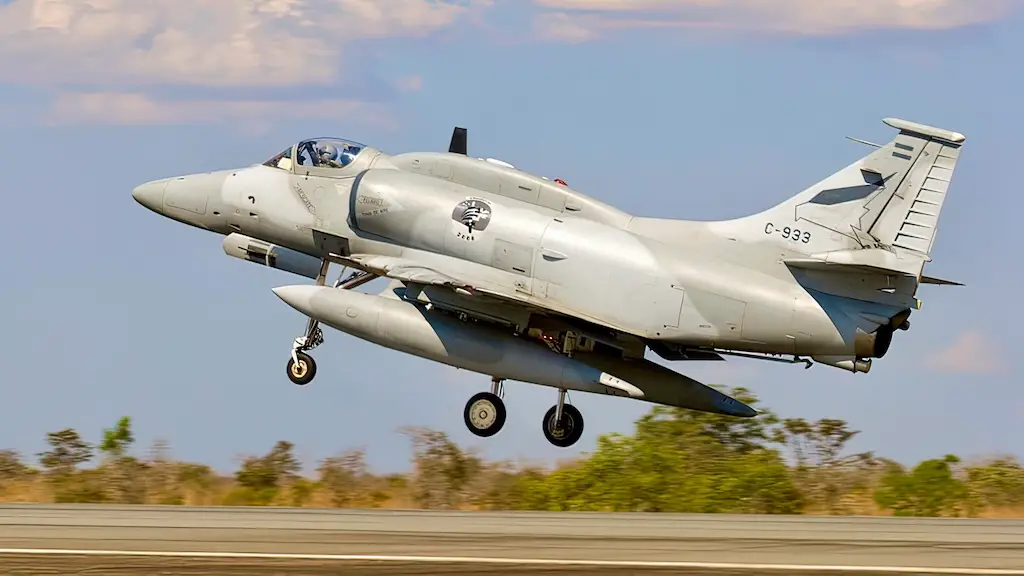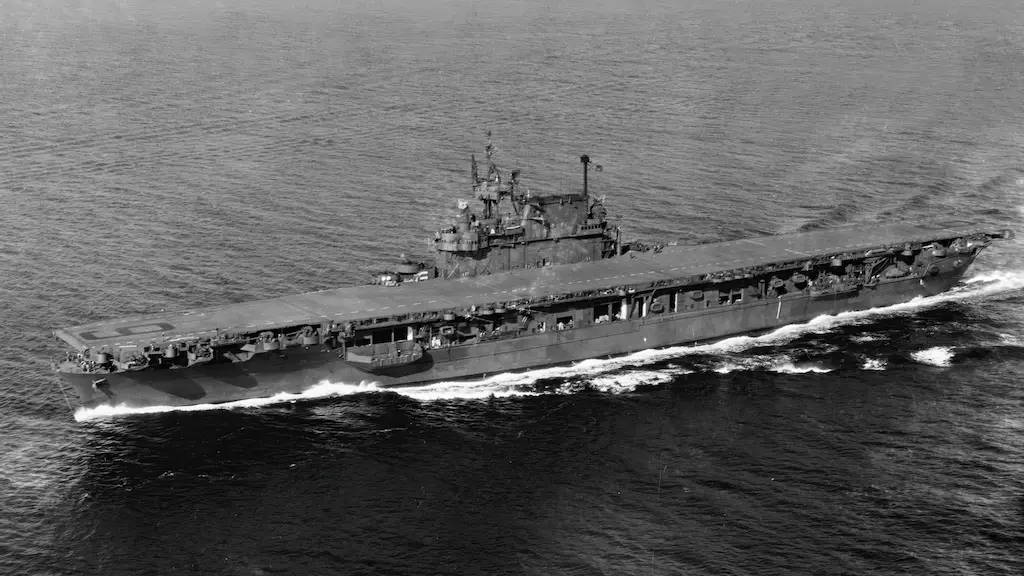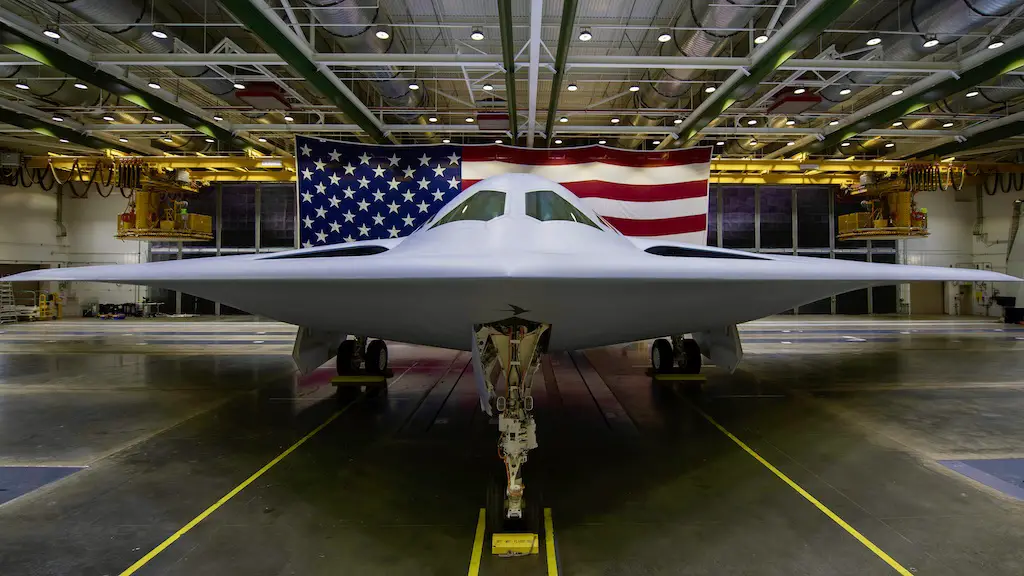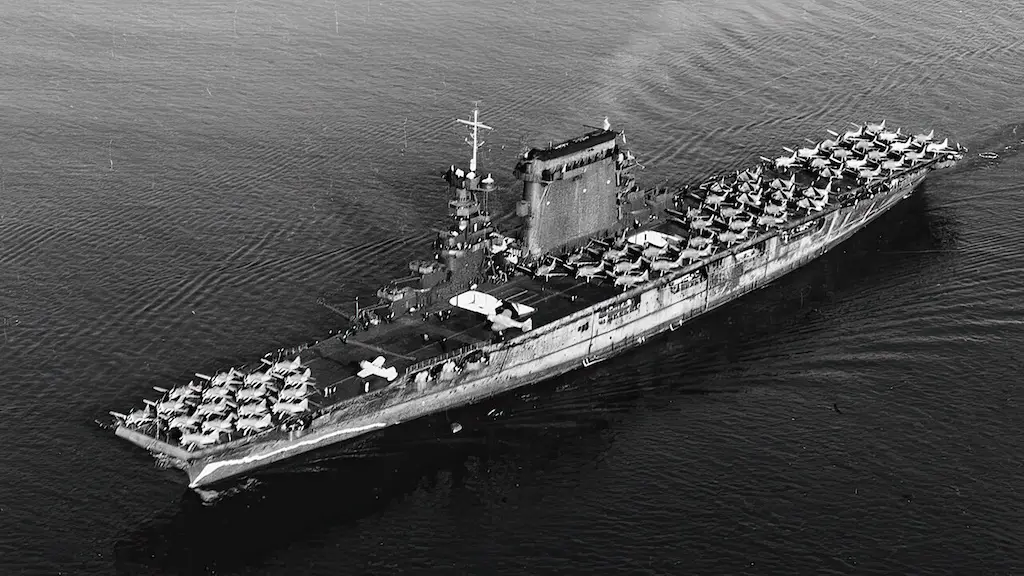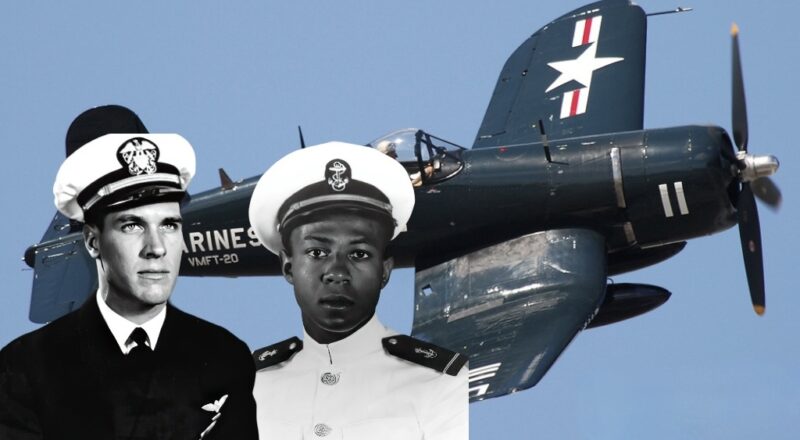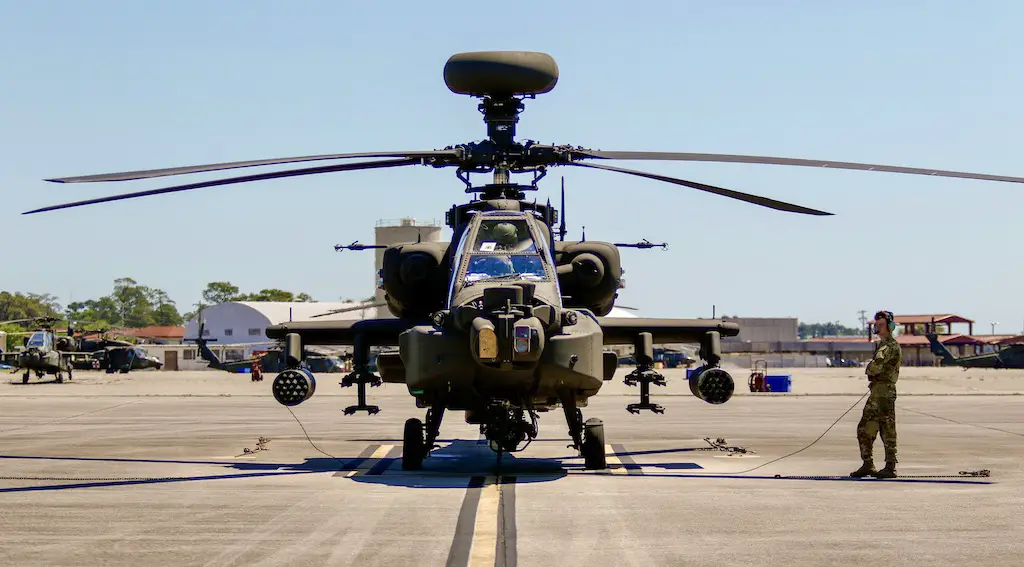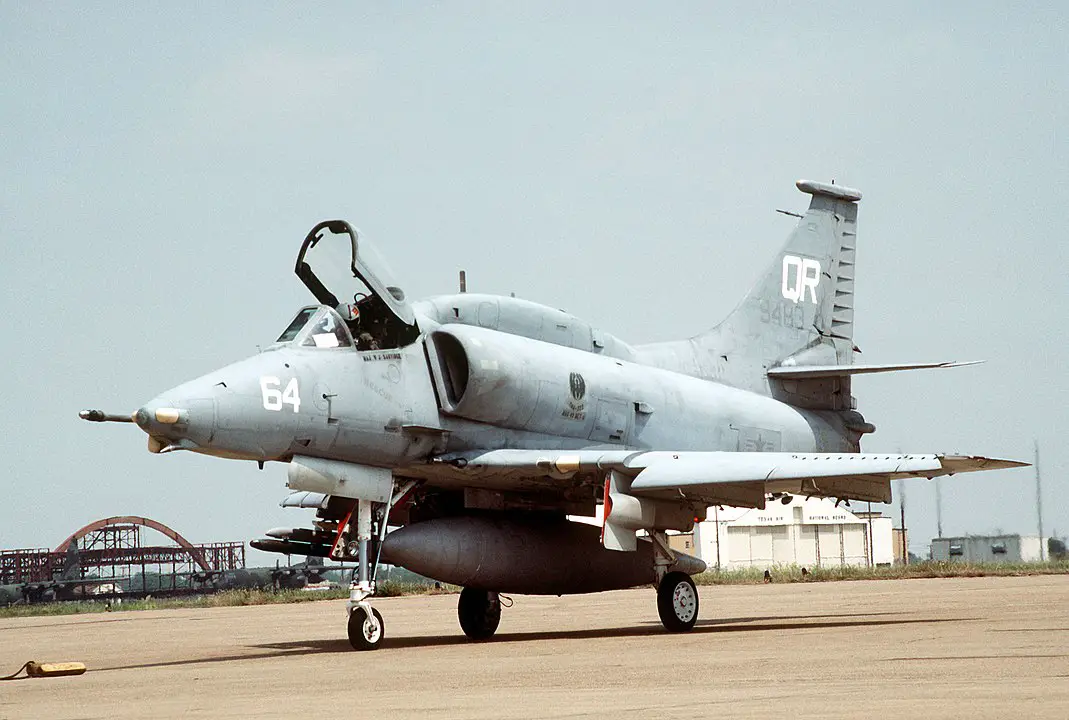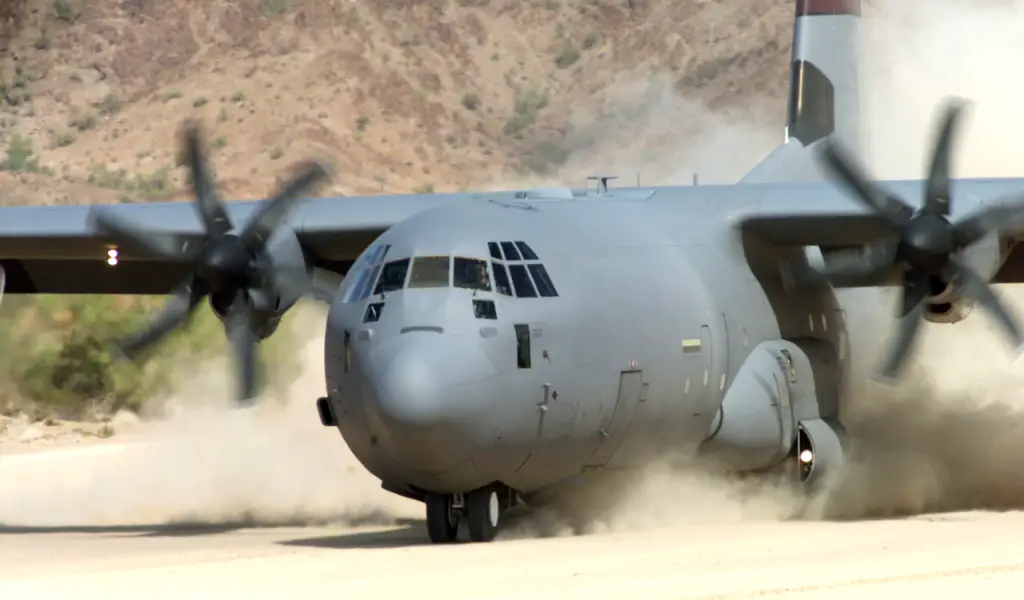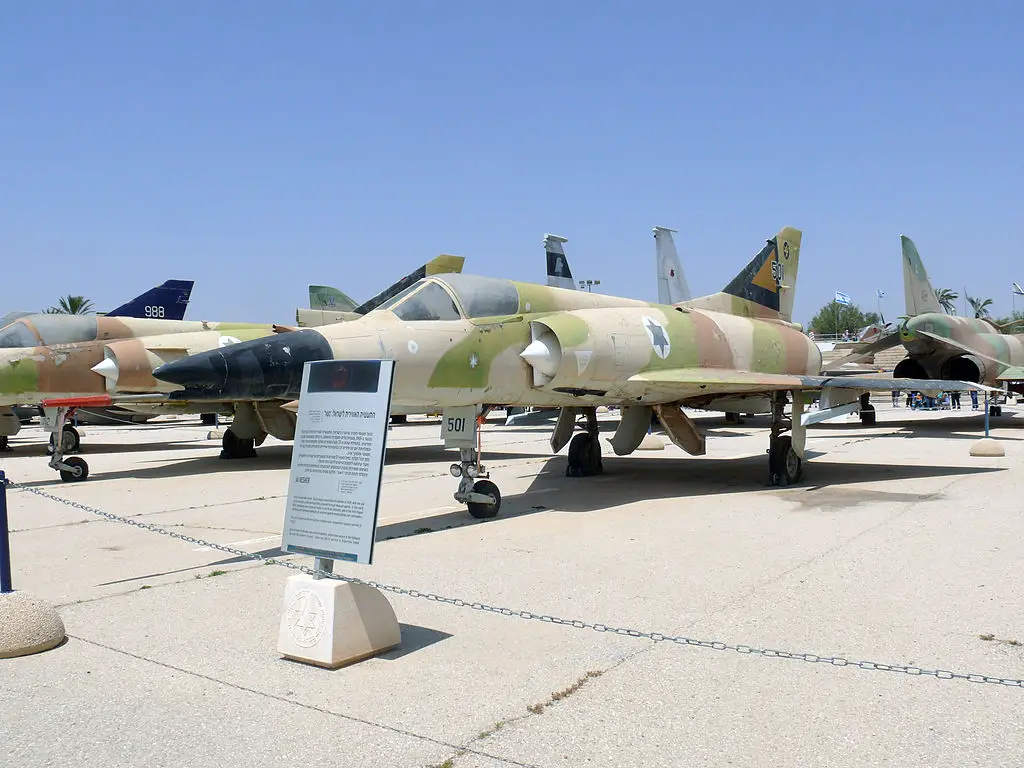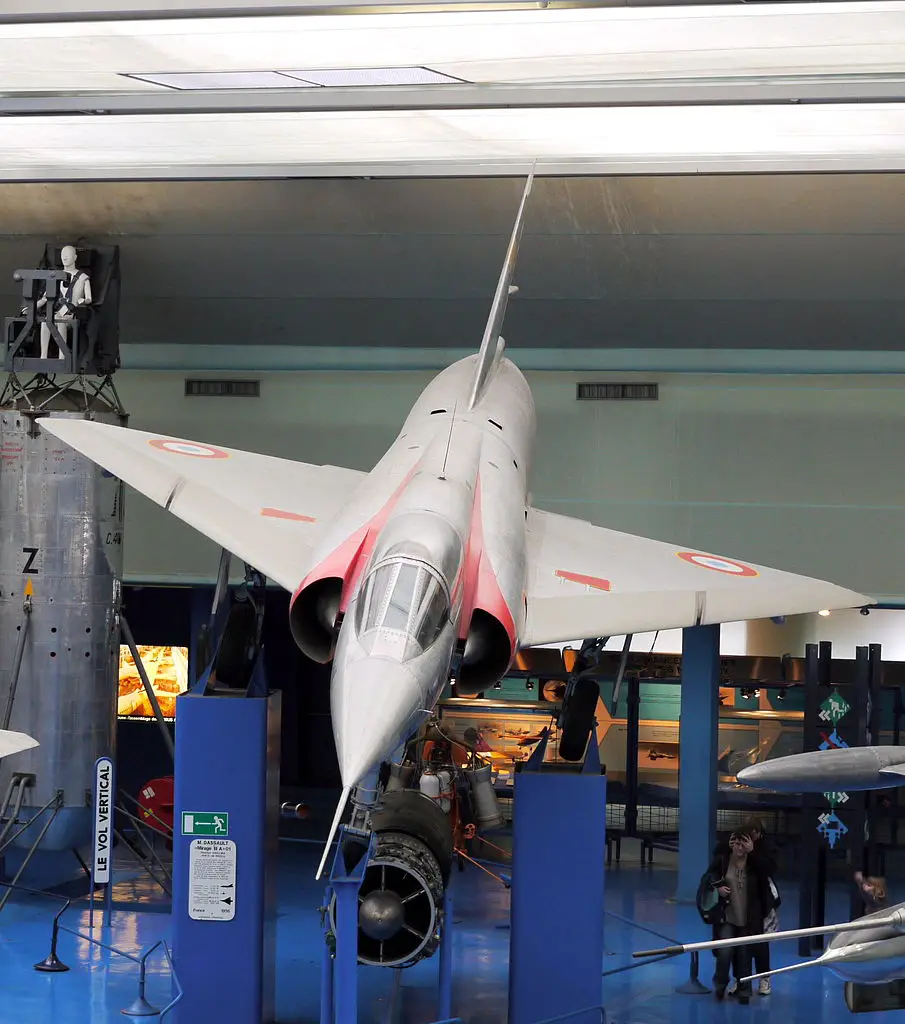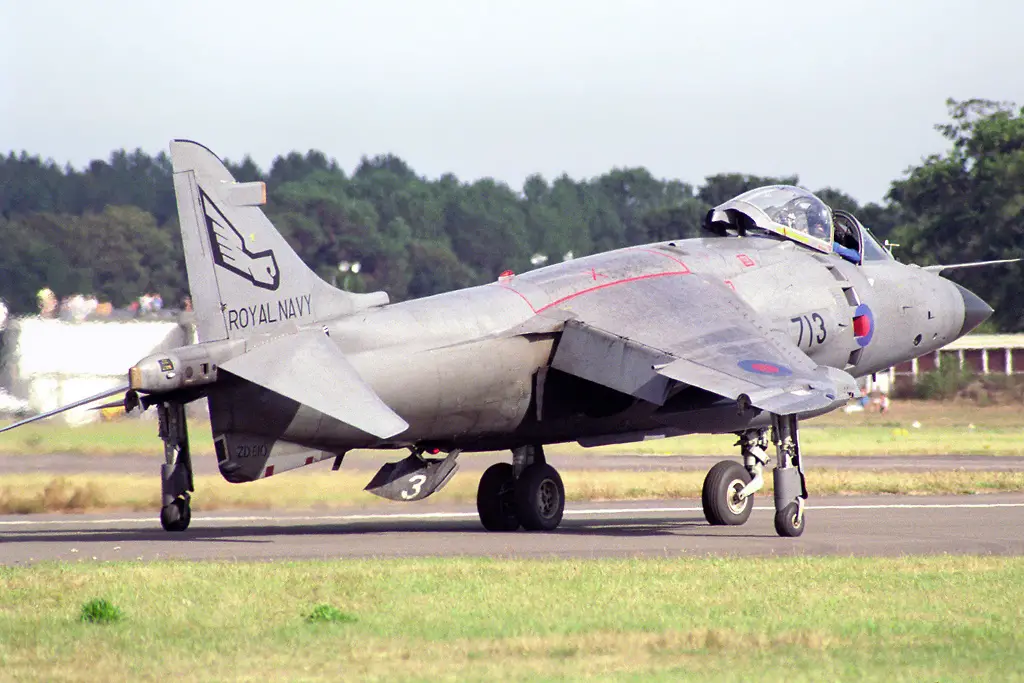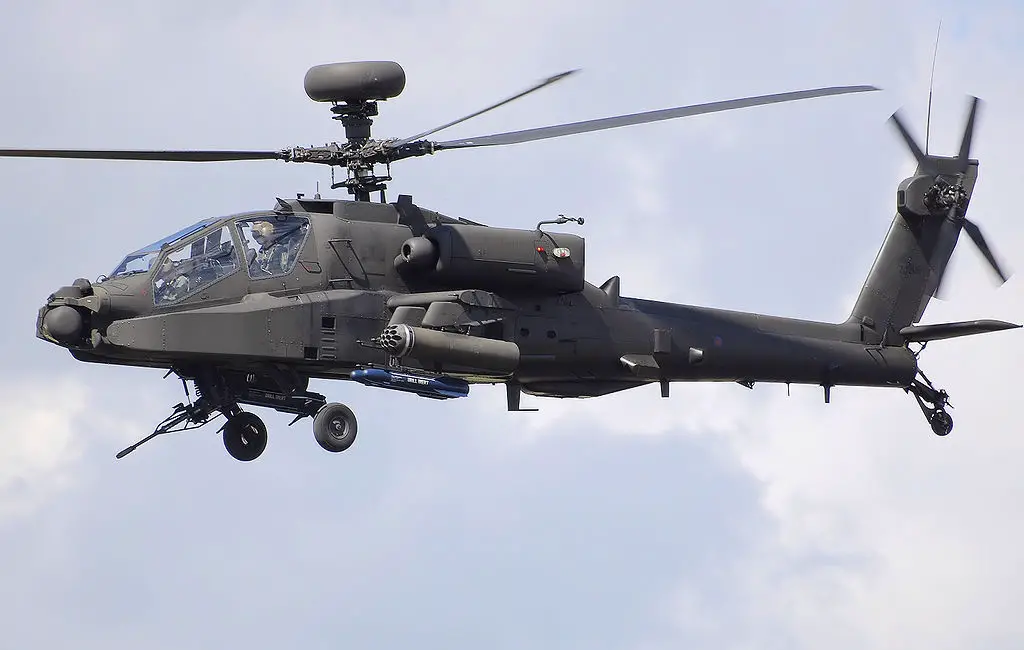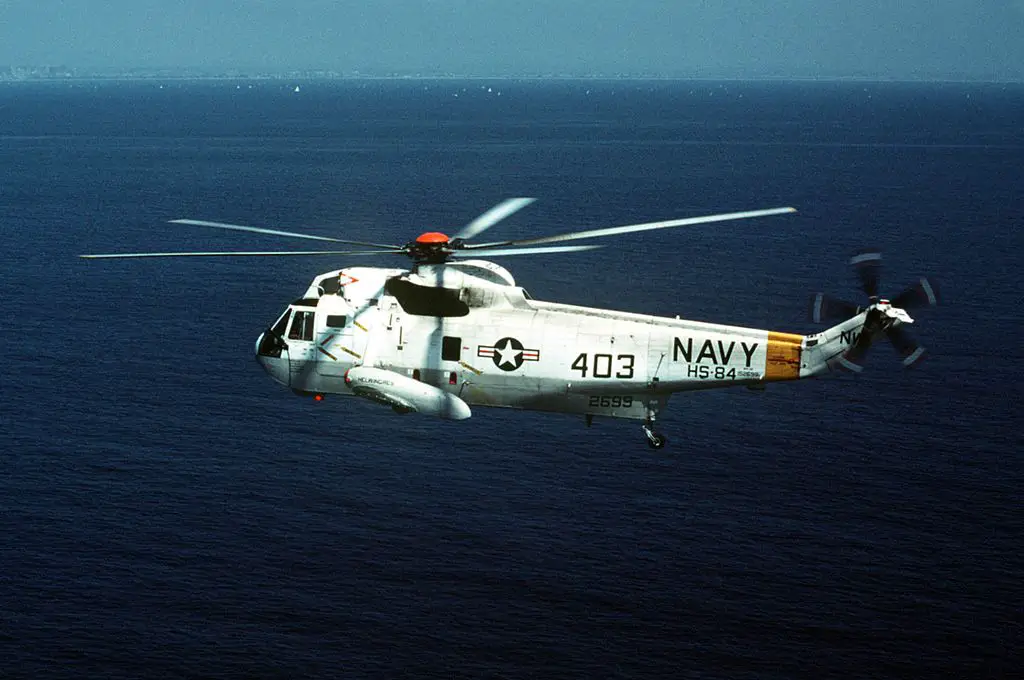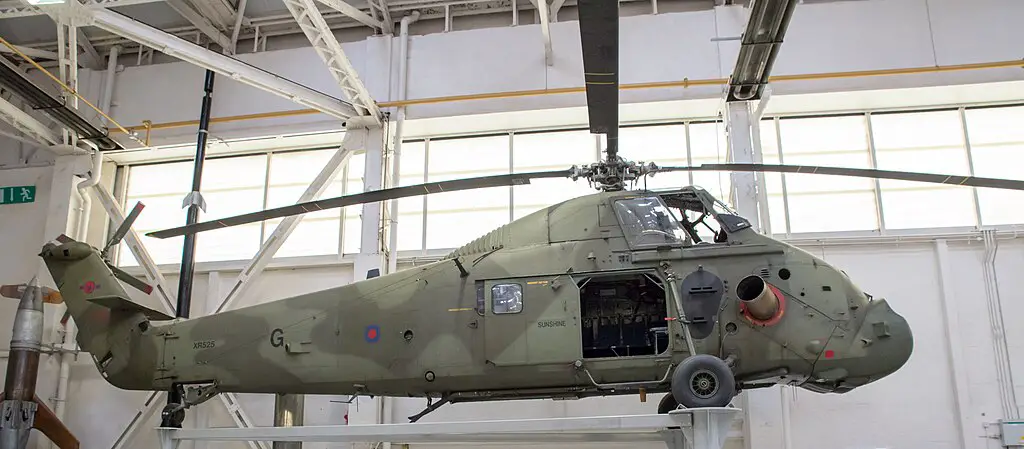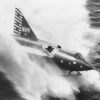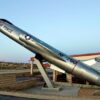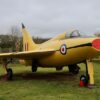On June 8, 1982, the Argentine Air Force delivered an airstrike on British troop transport ships that were anchored off Fitzroy in Port Pleasant, near Bluff Cove, East Falkland. The British lost 56 servicemen killed and 150 wounded in this attack. That made up as much as one fifth of all British casualties in the Falklands War, which had lasted by then for over two months and would end in less than a week’s time. In fact, these were the worst British casualties in a single incident since WWII. It was a disaster. But, as it often happens in extreme circumstances, there was also place for courage, valor, and resourcefulness. A crucial contribution to the rescue effort, which had to be mounted on the go without any preparation whatsoever, was provided by Royal Navy helicopter crews.
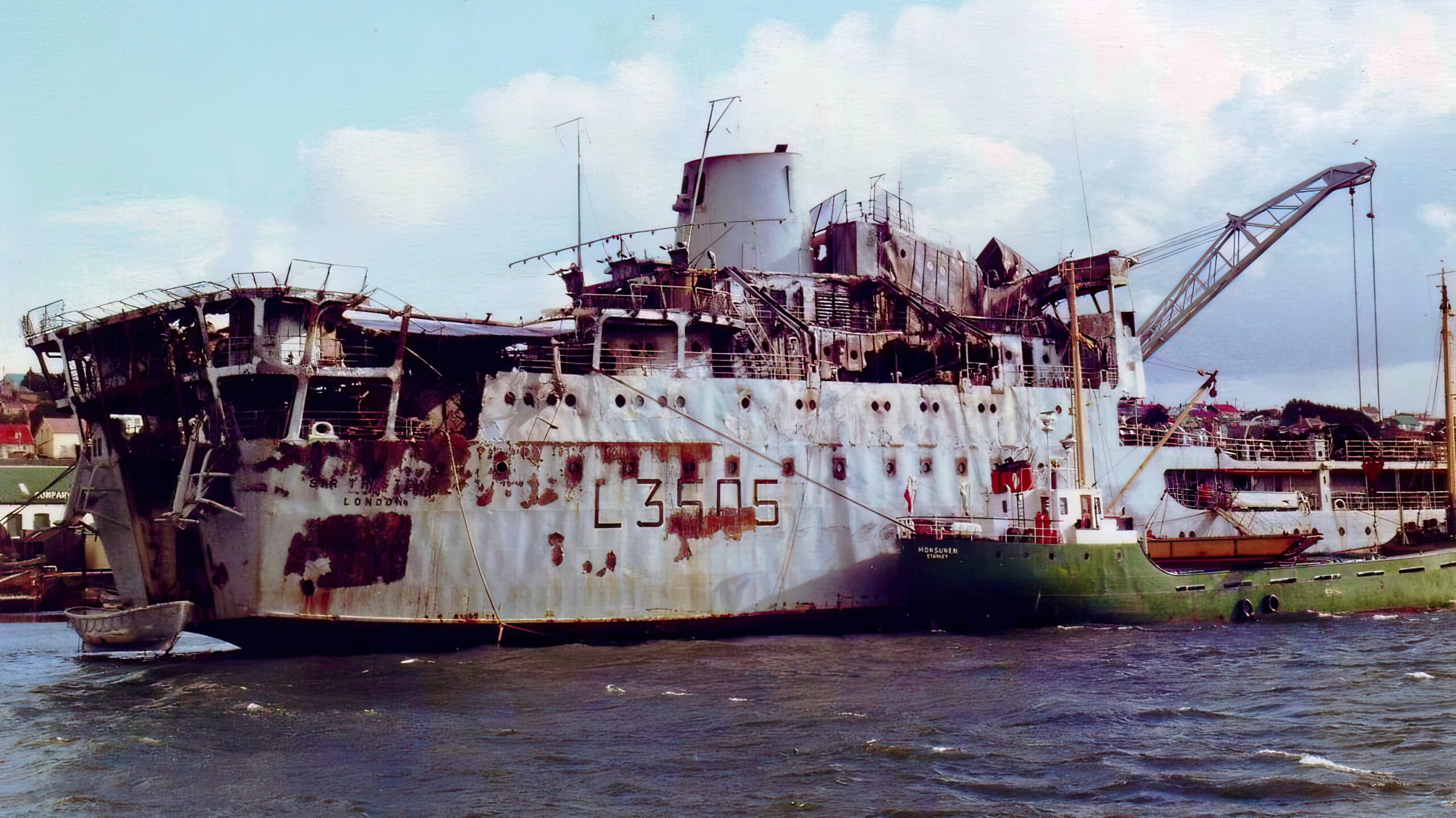
Skyhawks and Daggers in the air
On June 8, after days of bad weather, the sky over the Falklands started clearing. Argentine command jumped at the chance. Douglas A-4 Skyhawks took off in waves from Río Gallegos airbase located on Argentina’s coast some 450 miles away from the Falklands. Given the large distance, the Skyhawks depended on a pair of KC-130s, the only air tankers at Argentina’s disposal, for reaching their target. Three Skyhawks from the first wave experienced refueling problems and had to return back to base, with only five A-4s continuing the flight.
At about the same time several IAI Dagger fighters were launched from the Río Grande airbase on the northern coast of Isla Grande de Tierra del Fuego. The Argentine warplanes were also accompanied by a Learjet serving as navigator.
The strike force was preceded by four Mirages, which took earlier from Río Grande. Their task was to carry out a decoy mission in the northern part of the Falklands, so that British Sea Harriers combat air patrol would be busy there and Bluff Cove would be left unprotected.
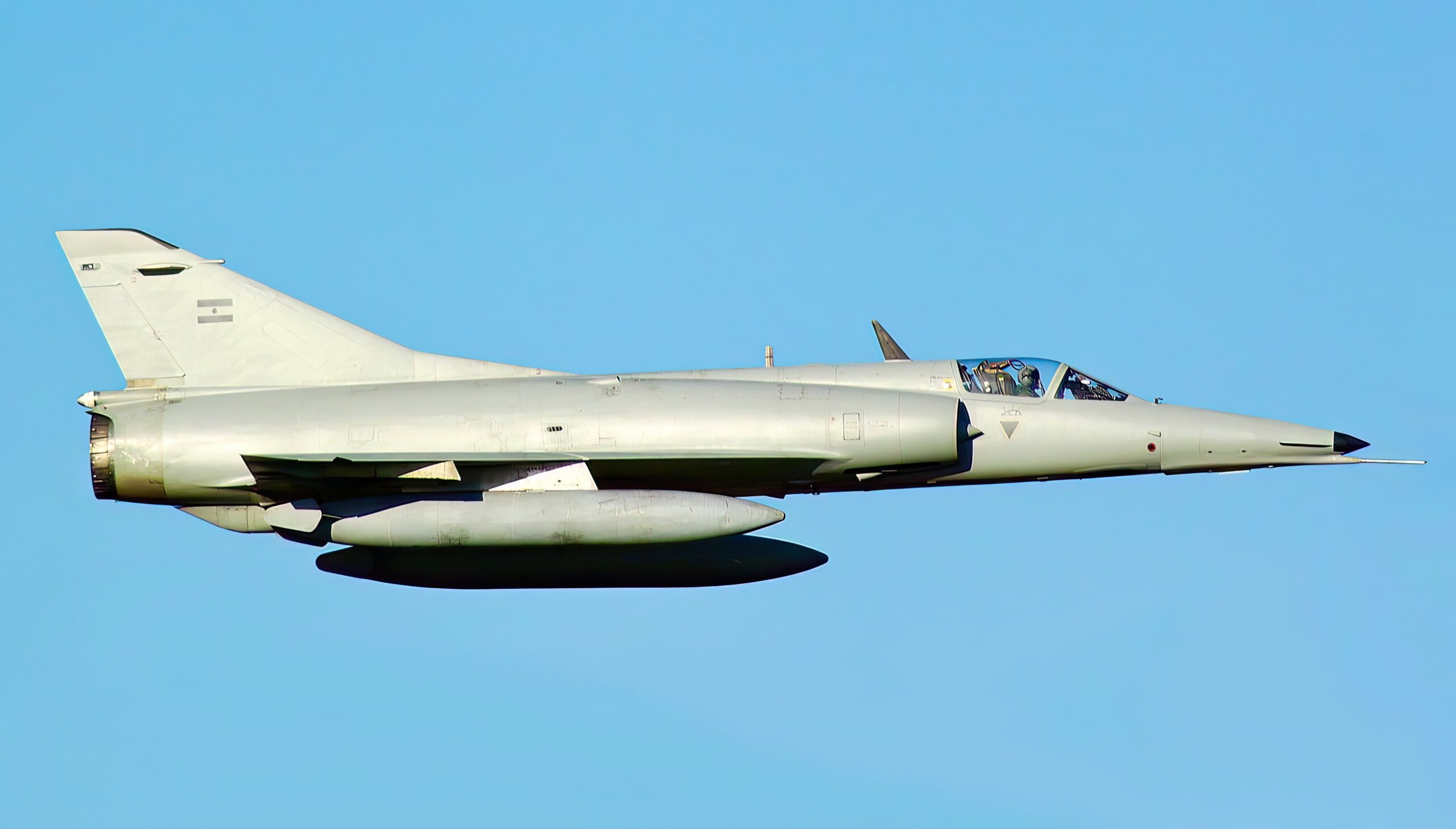
Helicopter down
Actually, on that day hardships began for British helicopter crews even before the enemy reached Bluff Cove. A Westland Scout AH.1 helicopter from 656 Squadron of the British Army Air Corps was the first to come across Skyhawks on their way to Bluff Cove. While taking evasive action the helicopter experienced a mechanical failure and had to ditch into McPhee Pond. It was later written off.
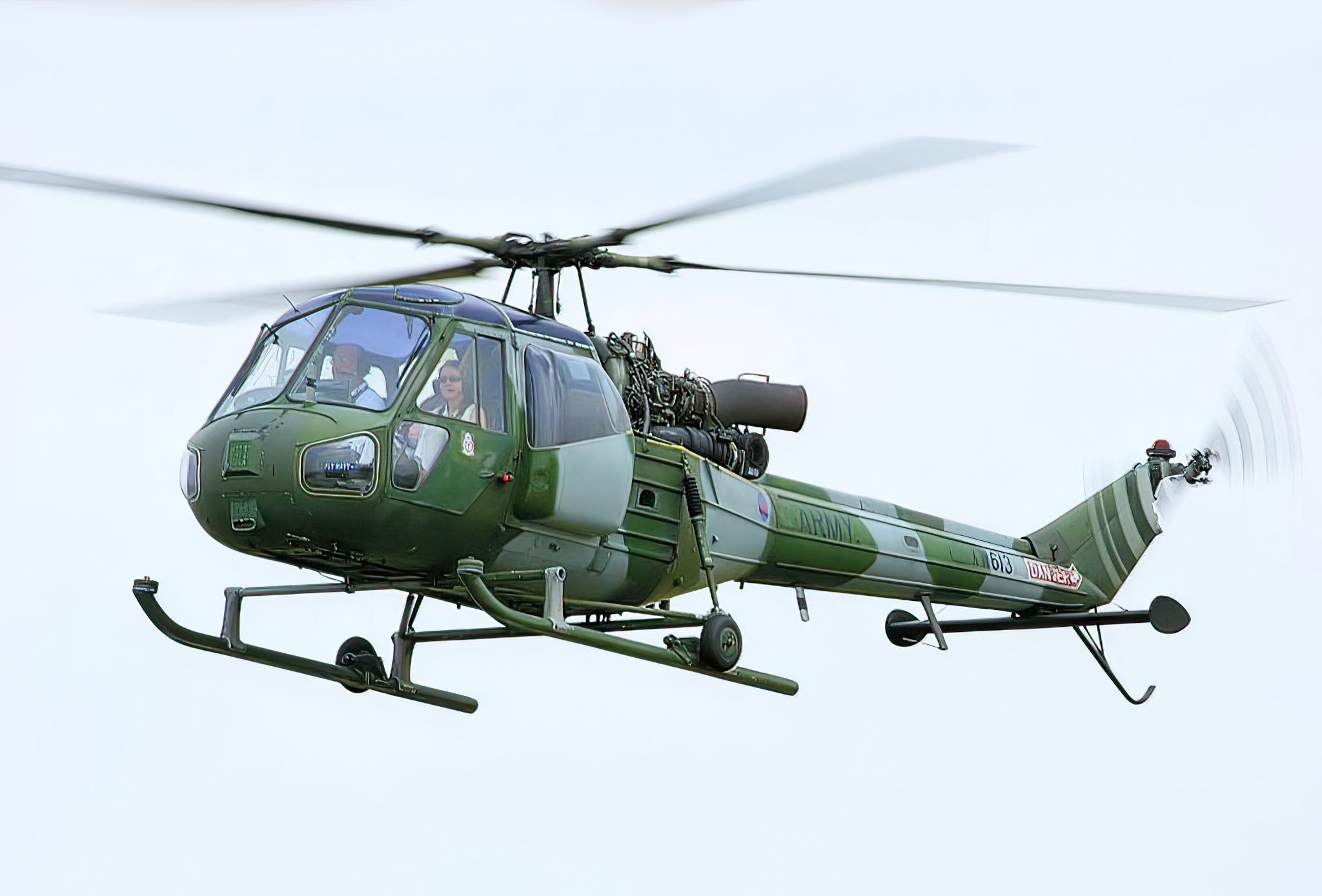
Bombs dropped
On the way to Fitzroy the Daggers spotted HMS Plymouth and went to attack it while the Skyhawks proceeded towards Bluff Cove. Although all of the bombs dropped failed to arm, the four duds that hit the ship still did her a considerable amount of damage. As for the Daggers, they managed to return safely to the mainland.
At about 2.00 p.m. the Skyhawks reached Bluff Cove and carried out strafing and bombing runs on Royal Fleet Auxiliary Sir Tristram and another RFA, Sir Galahad, which were unloading men and supplies. The British troops had not yet set up proper air defenses at the landing site and were thus effectively caught off guard.
Both vessels were badly damaged, Sir Galahad hit by three 500-lb bombs and Sir Tristram by two. Sir Galahad was damaged beyond repair and had to be scuttled later. Human casualties were appalling, too. Explosions and the ensuing fires took away lives of 48 men aboard Sir Galahad, including 32 soldiers of the Welsh Guards regiment. These troops were supposed to join forces advancing on Port Stanley. Another two crewmen were killed onboard Sir Tristram.
All Argentine Skyhawks from the first wave safely returned to their base after the attack.
Other attacks
There were also a second and a third wave of Skyhawks, but their actions didn’t have the surprise effect of the first wave and weren’t nearly as devastating. Still, A-4s from one of those waves managed to sink the Landing Craft Utility (LCU) Foxtrot-4 before losing three planes to the Sea Harrier combat air patrol. Another flight struck ground targets but didn’t do much damage.
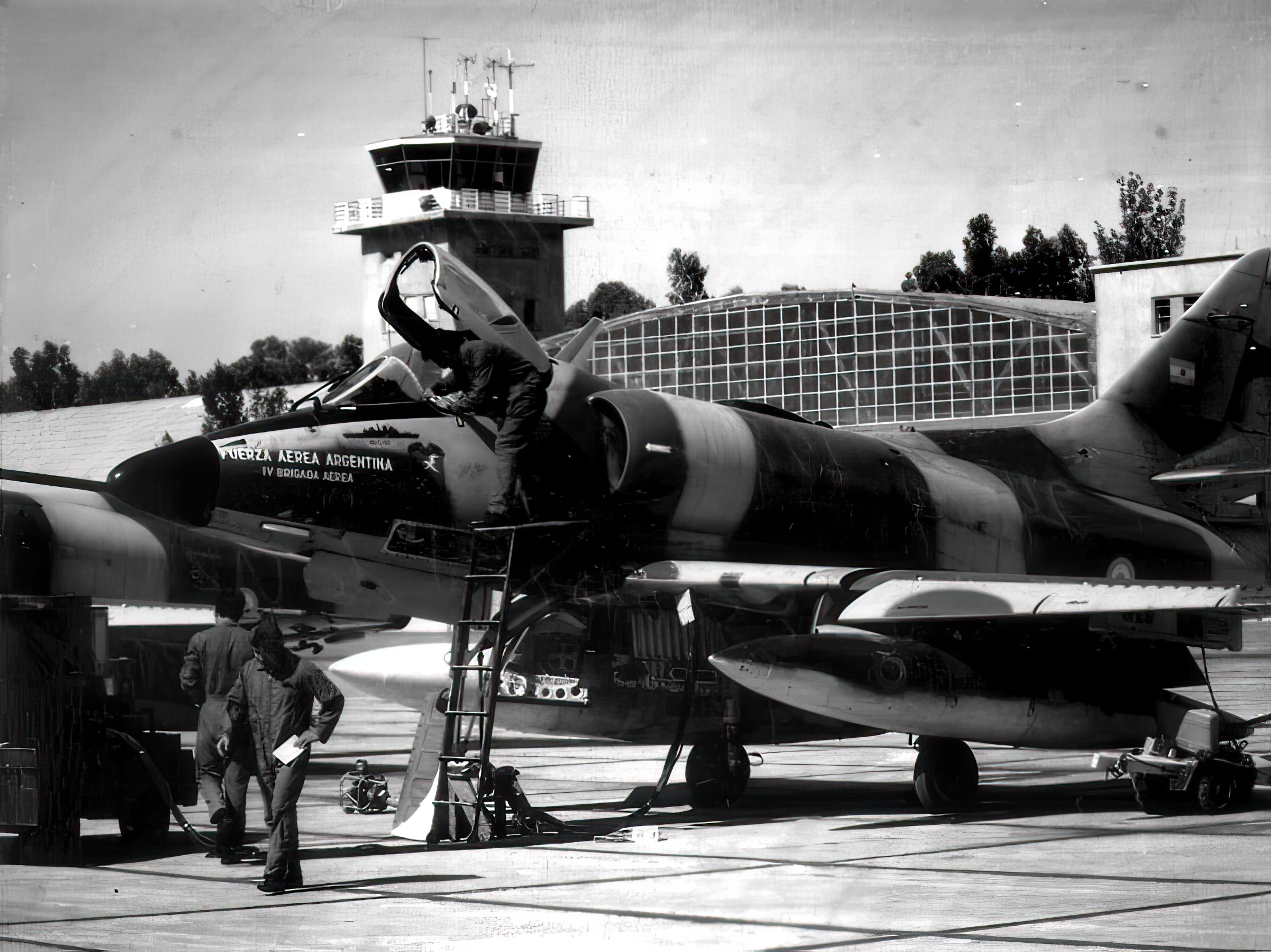
Impromptu rescue operation
Royal Navy helicopters, four Westland Sea Kings and one Westland Wessex, which had been hauling supplies and equipment in the area prior to the attack, rushed to help evacuate servicemen from the distressed ships. Undeterred by the black smoke smothering the burning ships, helicopters approached them to take the wounded away to safety as soon as possible.
Risking their lives again and again, helicopter crews pulled men from the water and from the ships. From there they hauled the evacuees, many of them severely burned, to the hill tops, where medical staff immediately administered first aid. And whenever small orange live rafts deployed by the survivors started drifting back in the direction of the burning ships, helicopters used their rotors to fan the rafts towards the safety of the shore.

